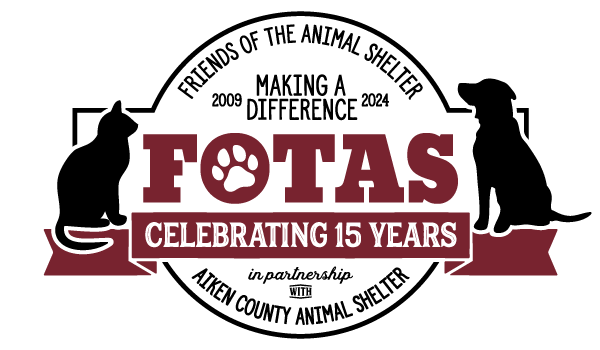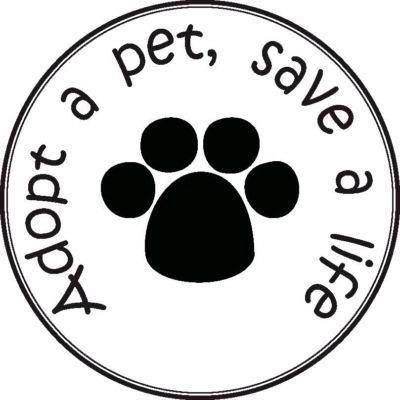By Joanna D. Samson, Vice President of FOTAS
The destruction wreaked by Hurricanes Harvey and Irma over the past weeks is almost unimaginable: hundreds of thousands of homes severely damaged or destroyed, tens of thousands of people in temporary shelters. As of the day I write this, there are still 6.5 million people in Florida and Georgia facing 80- to 90-degree temperatures without power.
While the impacts on people are catastrophic, the impacts on animals are equally heart-breaking. Some human shelters made arrangements for household pets, but thousands of people were forced to flee their homes without their pets. Owner surrenders at animal shelters skyrocketed as the storms crawled ashore. As heartbreaking as it is to imagine turning a beloved companion over to a shelter, it was a far better choice than abandoning them to the elements.
In anticipation of the storms, many of the animal shelters in the affected southern states made a desperate effort to transfer their animals to shelters in other parts of the country so they could make room for the inevitable deluge of abandoned and surrendered animals. Here in Aiken, for example, the SPCA Albrecht Center for Animal Welfare took in an additional 28 dogs.
The effort and resources needed to conduct rescue operations and to handle that many additional animals are enormous: hundreds of dedicated volunteers, substantial amounts of food, thousands of extra crates, and medical supplies. Many private vehicles were pressed into service to haul the animals to safety. Already overworked shelter staff worked overtime to accommodate the influx of extra animals. It’s exhausting, time-consuming and stressful work.
Although superstorms like Katrina, Harvey and Irma seem to be increasing as the earth’s temperatures rise, at least the hurricane season is limited to three months out of the year, and thankfully not every year produces a storm of these magnitudes. However, at large public shelters in the southern climes like the Aiken County Animal Shelter, intake skyrockets during the spring and summer months every year, creating the same strain on resources, funds and manpower as an extraordinary weather event.
This summer has been no exception. From May 1st to August 31st, the County Shelter took in 1,920 animals. Over a period of sixteen days in May, the Shelter took in 376 animals, that’s 23 a day. In a single week in August, the Shelter took in 186 animals, that’s 31 animals a day. Those are hurricane-like intake numbers at the Shelter without the hurricane.
The County Shelter is a public facility, obligated by law to take all animals, even when full. Staff and FOTAS volunteers shift into overdrive to accommodate these numbers. It’s an exhausting, time-consuming and stressful time. Superstorms may wreak havoc every couple of years, but super summer intake at the County Shelter happens every year, and it will continue to do so until every County pet is fixed.
The dedication and generosity of the animal rescue communities and their citizens during these recent tragedies has been remarkable. Thank God, because there’s nothing more heart-wrenching than bewildered, scared, suffering animals left homeless through no fault of their own.
We know. We see it week-in and week-out, day-in and day-out, every month during the spring, summer and early fall months. Your County Shelter needs your help all the time—not just for the occasional emergency.
Please, volunteer, donate, adopt. Their lives are in our hands.
By the Numbers
May- August:
1,920 dogs and cats were received at the Aiken County Animal Shelter.
September Adoption Special:
Cat and kittens are $10, dogs and puppies $35
Pets of the Week




